PROSPECTIVE STUDY 1 (PS1)
TUNISIA
|
STUDY
OF THE ELEVATED PART OF THE HADRIAN AQUEDUCT
IN THE MELIANE VALLEY |
|
 TUNISIA
TUNISIA
|
 SPAIN
SPAIN
|
|
Institut National du Patrimoine
(INP)
Musée du Bardo
Université de Tunis
Faculté de Sciences |
Universitat Autónoma de Barcelona
Department of Geology
Faculty of Sciences |
|
Prof. S. Khosrof
Prof. F.Gueddari |
Prof A.Alvarez |
|
 PORTUGAL
PORTUGAL
|
 EGYPT
EGYPT
|
|
Instituto de Investigaçao
Científica Tropical
Crystallography & Mineralography Center |
Cairo University
Faculty of Engineering
Engineering Center for Archaeology and Environment |
|
Dr. Mª O. Figueiredo |
Prof. T.Abdallah |
|
MONUMENT SELECTED FOR STUDIES |
The
Aqueduct of Hadrian, Tunisia
The
monument is a symbol that represents the Roman and Islamic history of Tunisia.
This biggest Roman aqueduct is 132 km long, of which 17 km is supported on
arches. The most spectacular part of the aqueduct is situated in the valley of
the Meliane River.
The
construction was intended for water supply of the hot baths (thermae)
of Antoninus Pius and was completed during the reign of Marcus Aurelius (AD
162). The Aqueduct was destroyed by the last Vandal King during the Byzantine
recapture of Northern Africa. Restored by Byzantines, its functioning was
interrupted again after the Arab conquest of Carthage in 698. The Hafside emir
Al Mustancir put it again into service 1265, after a long period of
abandonment.
Some
parts of the Aqueduct are still used for water supply of the city of Tunis.
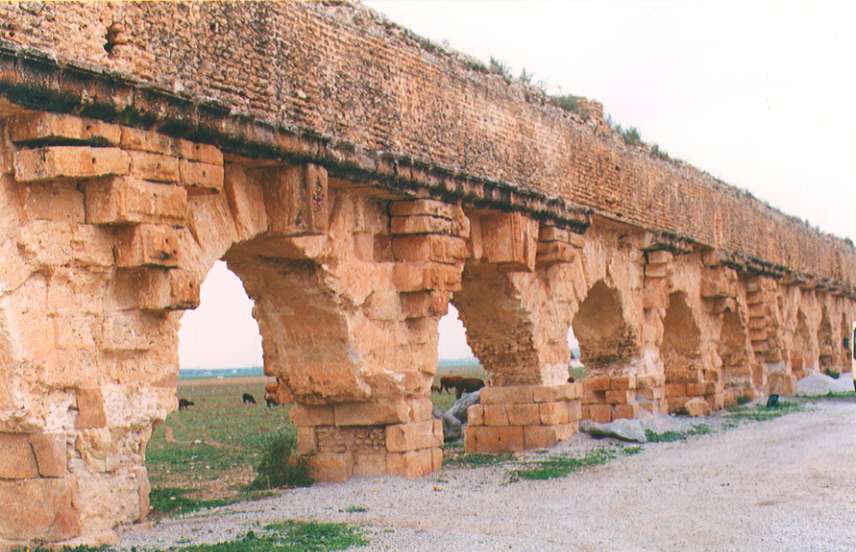
Aqueduct
- sector in the valley of the Meliane River
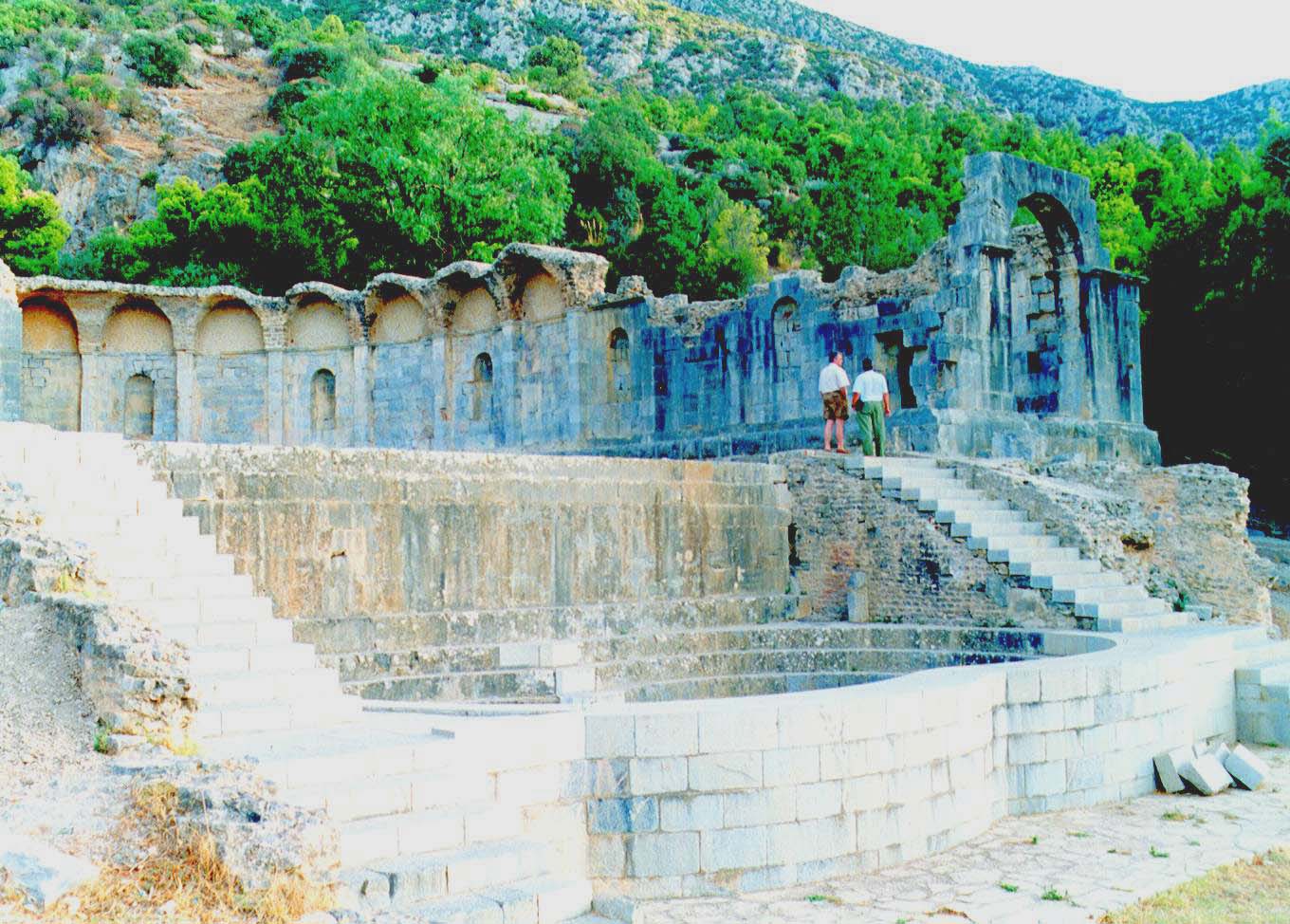
Nymphaeum
at the foot of Mt. Zaghouan

Sector
4 - close to the road Zaghouan-Tunis
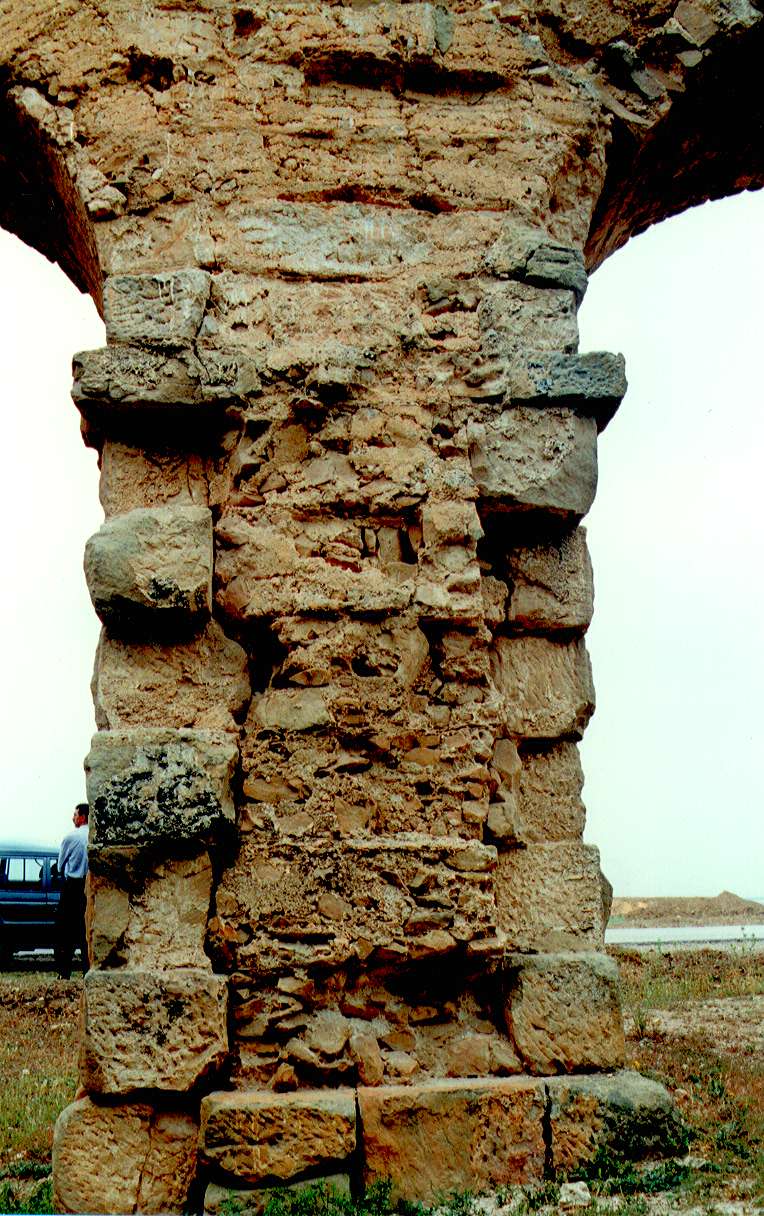
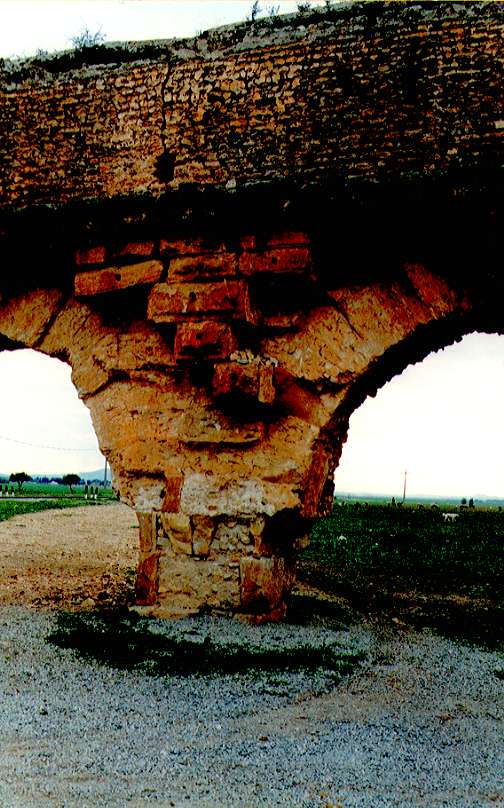
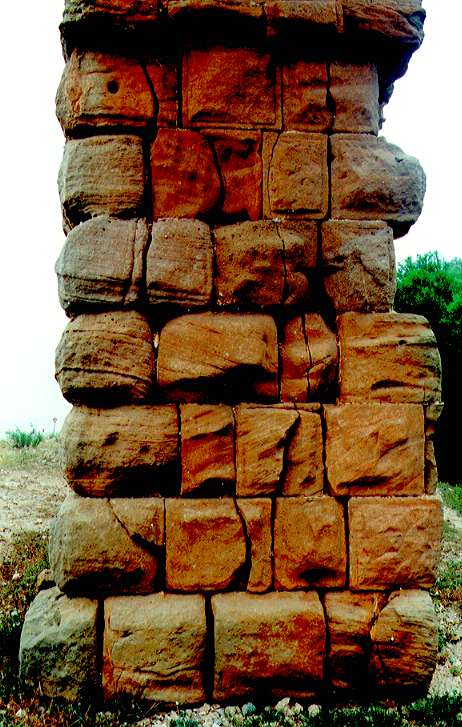
Actual
status of some pillars
1. PRELIMINARY DOCUMENTATION
Historical particularities
-
Historical chronology
- Ancient architectural techniques
- Bibliographic and iconographic documentation
2. FIELD WORKS
v
General
survey of construction materials: natural
(stones)
artificial (mortar, concrete)
v
Selection
of sampling points and collection of samples
v
Study
and classificatiopn of degradation phenomena
v
Mapping
of materials and altetrations
v
Survey
of ancient quarries and studies on provenance of
stone materials. Collection of some samples
v
Geotechnical
studies: seismology, induced vibrations
v
Study
of mechanical stability of the construction
3. LABORATORY STUDIES
Characterization of materials and alteration products
v
Petrographical
microscopy
v
X-ray
diffraction (XRD)
v
Spectroscopy
analysis (X-ray fluorescence)
v
Scanning
electron microscopy (SEM) with elemental analysis (EDS)
|
v
Evaluation of general status of conservation and the problematic of protection
v
Relationship between the materials used in the monument and those proceeding from
quarries
v
Evaluation
of degradation phenomena
v
Stone
quality as constructive material
v
Information
on weathering factors and processes
v
Recent
conservation status (diagnosis)
v Perspectives of conservation and valorization of the
monument |
PUBLICATIONS
1.
Arroyo, P., Cerrada, J., Gracia, M., Torrens, F., Alvarez, A., Briansó, J.L., Guasch, N., Figueiredo, Mª O., Ferchiou, N. and Khosrof, S.:
The construction of the Zaghouan-Carthage aqueduct (Tunisia); structure, construction techniques and use of building materials. Protection and conservation of the cultural heritage of the Mediterranean cities. 5th
International Symposium on the Conservation of Monuments in the Mediterranean Basin, Sevilla 2000. (accepted for publication).
2.
Alvarez, A., Estrada, R., Gueddari, F., Figueiredo, Mª O., Veiga, J.P., Vilaseca, Ll.:
Characterisation of materials used in aqueduct of Zaghouan-Carthage (Tunisia) along construction and restoration periods. Protection and conservation of the cultural heritage of the Mediterranean cities. 5th
International Symposium on the Conservation of Monuments in the Mediterranean Basin, Sevilla 2000. (accepted for publication).
3.
Figueiredo, Mª O., Veiga, J.P., Pereira, T., Alvarez, A., Torrens, F., Khosrof, S., Ferchiou, N.:
The Roman aqueduct of Carthage: a minerochemical study on water conduit mortars and deposit crusts. 9th
International Congress of deterioration and conservation of stone; Venice, 19-24 June 2000, p.641-647.
4.
Alvarez, A., Arroyo, P., Cerrada, J., Estrada, R., Guasch, N., Figueiredo, Mª O.:
Estudios técnicos y científicos previos a una propuesta d intervención: el caso del Aqueducto de Cartago. XII
Congrés de Conservació i Restauració de Béns Culturals; Lleida, Spain,18-22 Oct. 2000, p.301-310.
TRAINING
Ph.D.
thesis
(Ms.
Karima Zoghlami),
Faculté des Sciences de Tunis
(Grant
from Agencia Española Cooperación Internacional, AECI - Mundo Arabe)
|
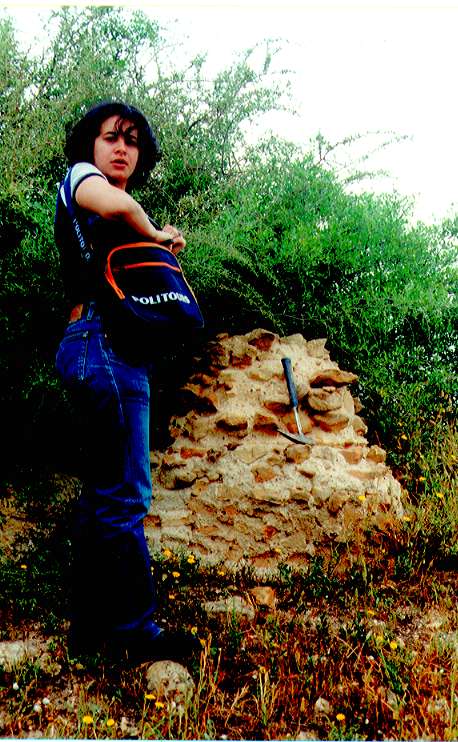
|
![]() TUNISIA
TUNISIA![]() SPAIN
SPAIN





